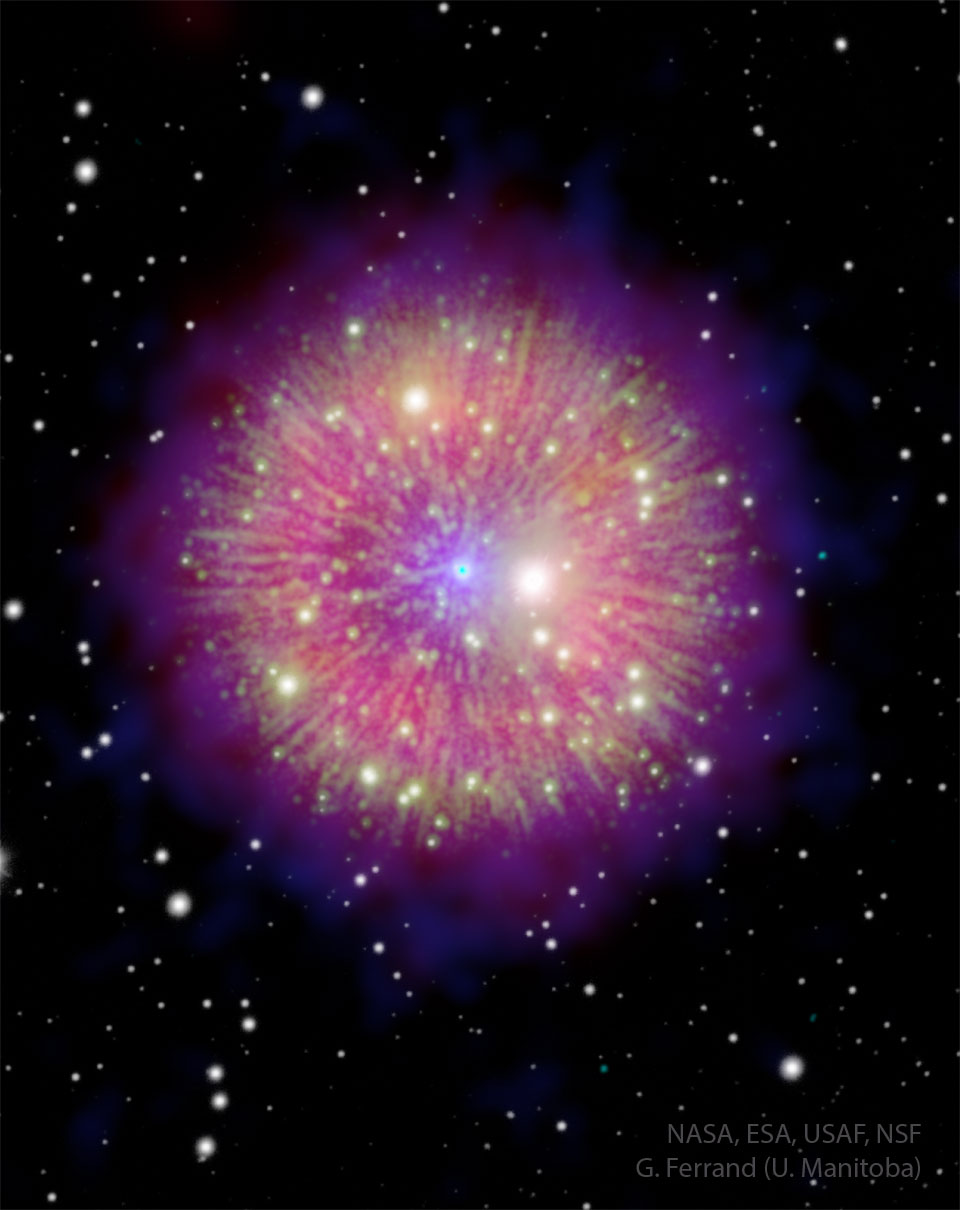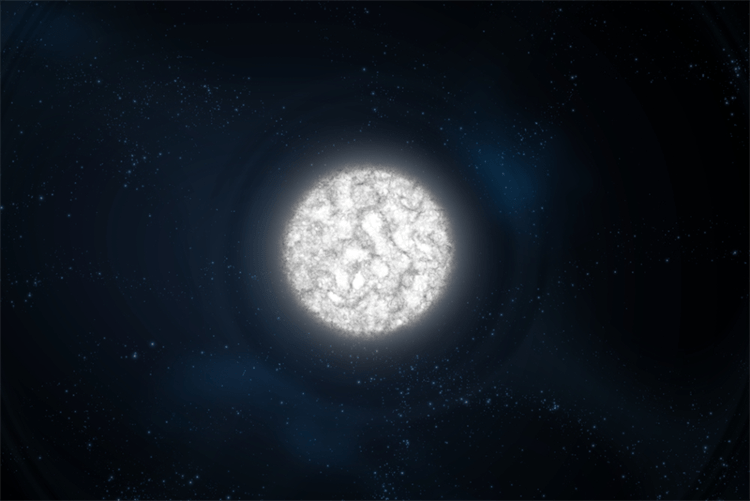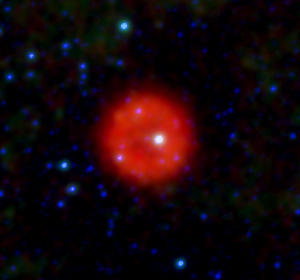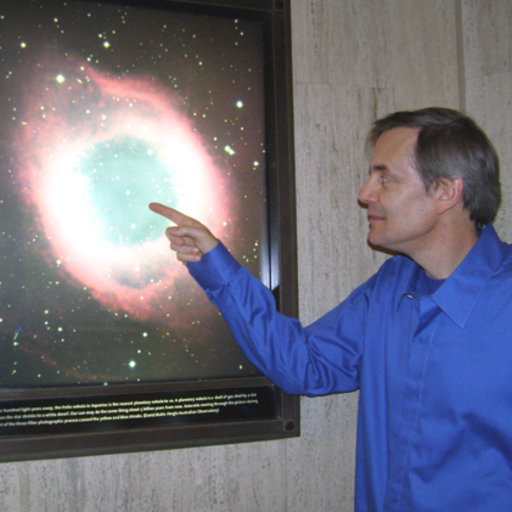At first I ho-hummed this APOD, because I didn't find it beautiful or immediately interesting.
I still don't find the image beautiful, but now I think it is really interesting!
The event that created the nebula seen in the APOD was the merger of two white dwarfs. Okay, that happens. Such a merger normally leads to one out of two possible outcomes: 1) There is a supernova type Ia explosion, or, 2) the merger product is not sufficiently massive to overwhelm its own
electron degeneracy pressure, and we get a very massive white dwarf, but no supernova.
So when two white dwarfs merge, you either get a supernova,
or you get a very massive white dwarf. Yes, but in the scenario of today's APOD, the merger of the two white dwarfs created a supernova
and a remnant white dwarf!!!

Wikipedia wrote about Pa 30, the nebula seen in today's APOD:
Pa 30 was discovered in 2013 by American amateur astronomer Dana Patchick while searching for planetary nebula in WISE infrared data. It was the 30th nebula discovered by his searches, and as a result it is designated Pa 30. Pa 30 appeared as a nearly-round nebula roughly 171x156 arc-seconds in size, with
an extremely blue central star. Pa 30 refers to both the nebula (originally catalogued as IRAS 00500+6713) and the central star (designated as WD J005311).
Okay, the Color commentator wants to know what it means that the central star of Pa 30, WD J005311, is "extremely blue". Does it mean that it is "blue",
███, or does it mean that it is very very hot, without necessarily being bright at wavelengths between 400 and 500 nm? I suspect the latter.
With a temperature near 200,000 K, WD J005311 is the hottest star known.
Right! But how do we know that the nebula in today's APOD, Pa 30, was created in a supernova explosion and not in an ordinary nova explosion? Where the outer and recently acquired layers of the white dwarf blow off, but the white dwarf itself survives? As in, say, Nova Persei?
We know that Pa 30 must be a supernova remnant because it has certain properties that can only be produced by supernovas:
In 2019, optical spectroscopy of the central star revealed a very hot star with an intense stellar wind expanding at a very high velocity of 16,000 km/s and a composition mainly of carbon, oxygen, and neon (with no hydrogen or helium). Such a speed could only arise from a supernova or an event of similar magnitude, more specifically from a merger of two white dwarfs. X-ray spectroscopy studies of the shell also revealed a very hot nebula containing carbon-burning ashes which can only be produced in a supernova.
So what happened here? The white dwarfs exploded, but they did not explode? Did one of the white dwarfs explode to create a supernova, but the other white dwarf remained, perhaps endowed with some new properties? The white dwarfs exchanged matter, so that one of them was
just pushed over its electron degeneracy brink to explode as a (faint) supernova, and the surviving white dwarf incorporated some of the supernova debris into itself to become super-heavy and really really blue-hot? Is that it?

Inquiring minds want to know!
Ann
 Unusual Nebula Pa 30
Unusual Nebula Pa 30







